In order to recreate the fierce battle of our army and people to protect Quang Tri Citadel in 1972, on an area of more than 50 hectares, the Red Rain film crew worked hard to create the image of the citadel that year with gates and walls, the main campus area, trenches and fortifications... However, right after the film was finished, the entire film set had to be dismantled because it was located on a low-lying alluvial land, prone to natural disasters. The story left great regret, but also brought back the "eternal" problem of Vietnamese film sets, which have always been considered lacking, weak and wasteful.
Not only Red Rain, many films that invested in elaborate sets were also forced to dismantle after filming was completed. During the production of Tunnels: The Sun in the Dark, the film crew rented 6 hectares of forest as the main setting, creating a tunnel model over 250m long simulating the real tunnel. To recreate the main setting - the ruined old street in Hanoi in 1946 in Peach, Pho and Piano, a large-scale film set with an area of 6,000m 2 , 120m long, 15m wide was built near Dai Lai Lake ( Vinh Phuc , now Phu Tho province). Both films were successful in both revenue and reputation and there were many proposals to turn the two sets into tourist attractions, but after the films were finished, all remained as memories.
The cycle of setting up - filming - dismantling happens in most Vietnamese films with the common denominator being that the location is rented, so the premises must be returned after filming. Only a few lucky cases are kept, such as the white tea garden in An Dinh Palace (Gai Gia Lam Chieu V), the Governor's Palace (Hanh Phuc Mau), the Floating Market (Dat Rung Phuong Nam) or the An Dinh mat village (Lat Mat 6: The Fateful Ticket)...
For many years, Vietnamese cinema has had almost no specialized, standard film studios. Most of the current film studios are small in scale, serving only interior scenes or moderate backgrounds. Projects that require exterior scenes, large scenes, especially historical and war films, are forced to rely on natural settings or re-stage from scratch. This leads to many problems: repeated scenes between films, difficulty in controlling sound - light - people, expensive renovation costs...
A systematic and professional strategic plan for film studio development is not unprecedented. It has even been mentioned in the Cinema Law (amended in 2022), but so far, it is still on paper. There are many reasons: lack of large, long-term investment capital; lack of clear legal mechanisms and support policies; short-term, makeshift thinking... As a result, Vietnamese cinema finds it difficult to produce large-scale works, is limited in international cooperation, and misses the opportunity to develop film tourism - a trend that has proven effective not only in many countries around the world but also domestically. The most recent is Red Rain, the scene of Luu Xa station (Thai Nguyen) only appeared briefly in the film, but this location is currently attracting a large number of tourists to visit. Although the film studio no longer exists, Quang Tri still welcomed a very strong increase in visitors to the Citadel on the occasion of the recent September 2nd holiday.
In the world, China has Hengdian Film Studio, known as the “Hollywood of the East”, which is both a place for filming and a tourist destination that attracts millions of visitors every year. Korea has a system of parks and film studios such as MBC Daejanggeum Park (specializing in palace and costume scenes), Yongin Folk Village, or Hwaseong Ancient Citadel... Meanwhile, Thailand has invested in large-scale film studios, not only to meet domestic film needs but also to attract foreign film crews.
Ho Chi Minh City once proposed to build a film studio at the National Cultural and Historical Park (formerly Thu Duc City) with an area of over 300 hectares. The Ministry of Culture, Sports and Tourism also assigned the Cinema Department to develop a project to build a national film studio in 2025, with an expected investment of nearly 1,000 billion VND. But the important thing is not just the idea, but the implementation. The construction needs to be realized with systematic, long-term actions, considering the film studio as a pillar of the film industry. And if done well, we can completely create a product with a unique experience, both developing the local economy, preserving the landscape, and promoting culture and history to the people and international friends.
Source: https://www.sggp.org.vn/de-phim-truong-thanh-diem-du-lich-post812916.html



![[Photo] Lam Dong: Close-up of illegal lake with broken wall](https://vphoto.vietnam.vn/thumb/1200x675/vietnam/resource/IMAGE/2025/11/03/1762166057849_a5018a8dcbd5478b1ec4-jpg.webp)
![[Photo] Prime Minister Pham Minh Chinh receives the Chairman of the Japan-Vietnam Friendship Association in the Kansai region](https://vphoto.vietnam.vn/thumb/1200x675/vietnam/resource/IMAGE/2025/11/03/1762176259003_ndo_br_dsc-9224-jpg.webp)
![[Photo] Fall Fair 2025 and impressive records](https://vphoto.vietnam.vn/thumb/1200x675/vietnam/resource/IMAGE/2025/11/03/1762180761230_ndo_br_tk-hcmt-15-jpg.webp)
![[Photo] General Secretary To Lam receives Singaporean Ambassador Jaya Ratnam](https://vphoto.vietnam.vn/thumb/1200x675/vietnam/resource/IMAGE/2025/11/03/1762171461424_a1-bnd-5309-9100-jpg.webp)



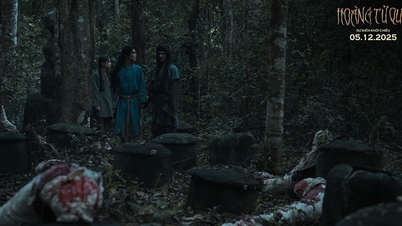










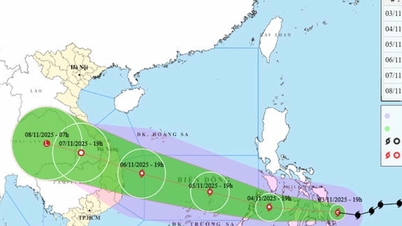



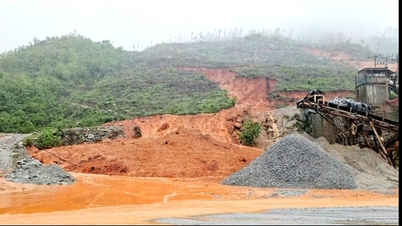








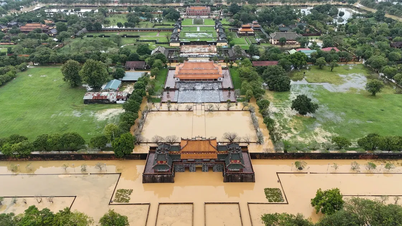



























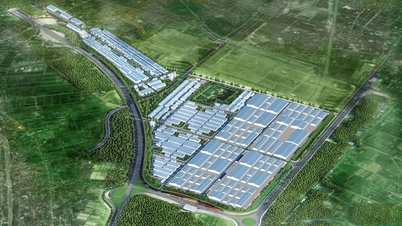









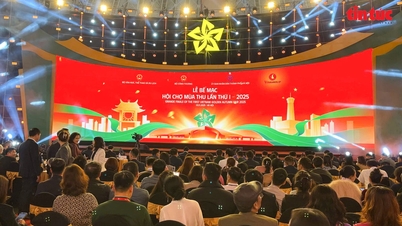















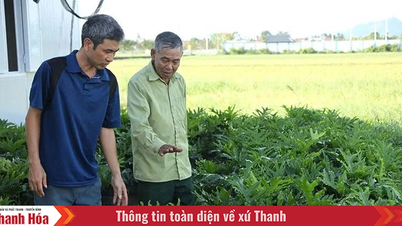

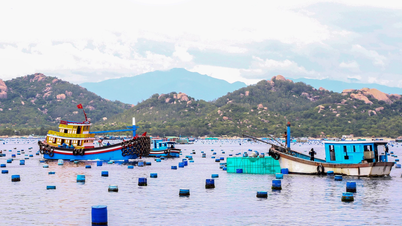


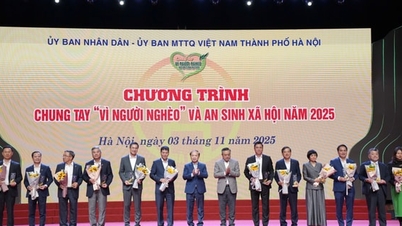
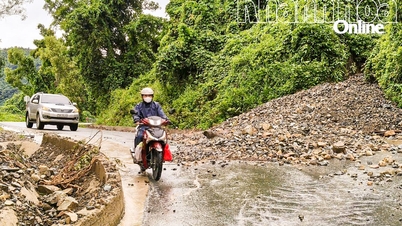










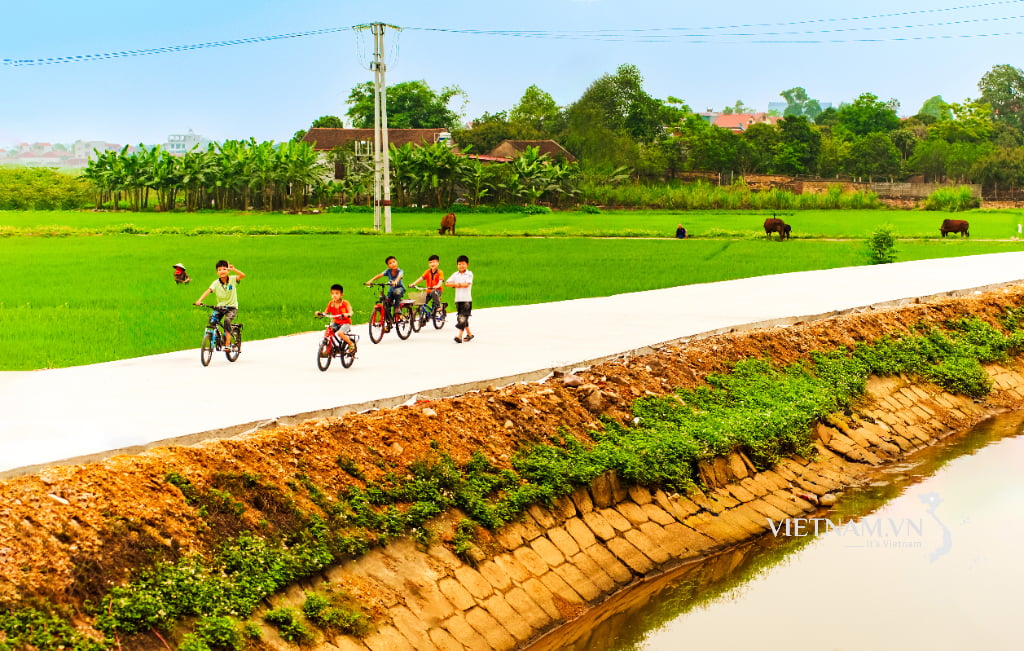



Comment (0)